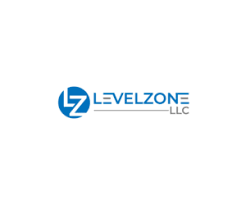Europe Green Steel Industry - Industry evolves with decarbonization and renewable energy in steelmaking.
The European green steel industry is defined by its commitment to drastically reduce or eliminate carbon dioxide (CO2) emissions in steel production. Traditional steelmaking, which relies on coking coal, is one of the world's most carbon-intensive industrial processes. Green steel, on the other hand, utilizes alternative methods such as Electric Arc Furnaces (EAFs) powered by renewable electricity or Hydrogen-based Direct Reduced Iron (DRI). The industry is still in its nascent stages, with many projects operating as pilot plants or undergoing significant development. However, the momentum is undeniable, driven by a combination of stringent government regulations, corporate sustainability commitments, and a growing demand from end-user industries.
Europe is at the forefront of this global transition. Major steel producers like ArcelorMittal and Thyssenkrupp are investing billions into new technologies and retrofitting existing facilities. Simultaneously, new players and startups like H2 Green Steel in Sweden are entering the market with ambitious plans to build large-scale, hydrogen-based production facilities. This blend of established giants and agile innovators is creating a dynamic and competitive landscape. The European Union's Carbon Border Adjustment Mechanism (CBAM) is a significant policy driver, designed to level the playing field by taxing carbon-intensive imports, which further incentivizes domestic producers to decarbonize. This regulatory pressure, combined with public and investor awareness, is reshaping the entire supply chain.


